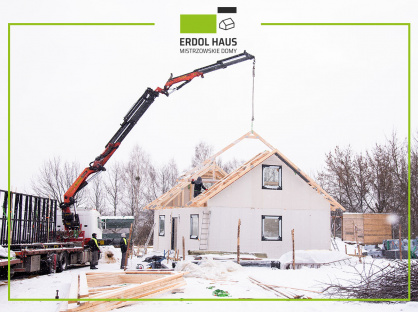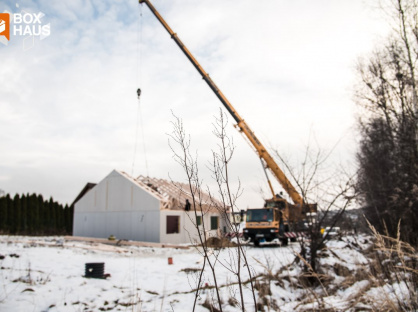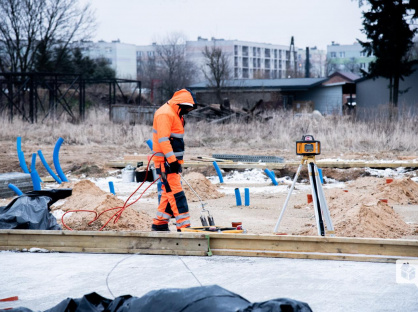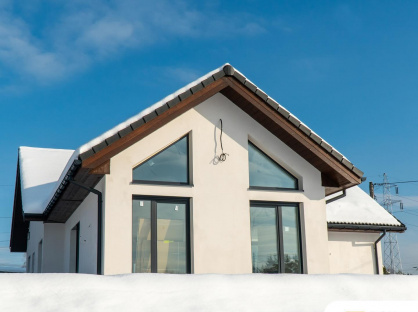
House Building in Winter: Myths and Realities
Many believe that building houses in winter is a difficult challenge, full of obstacles and delays. However, with advances in technology and changing construction techniques, this perspective is beginning to evolve. Modern approaches, such as prefabrication, allow homes to be built even in freezing conditions, challenging traditional beliefs and opening the door to new opportunities in the construction industry.
Challenges of traditional construction in winter
Traditional construction methods in winter present a number of challenges. Low temperatures can adversely affect the properties of building materials, such as concrete, which needs the right conditions for proper setting and curing. In addition, working outdoors in winter conditions is often not only less efficient, but also dangerous for workers.
Modern solutions: prefabrication
One answer to these challenges is prefabrication. The components of a house are manufactured under controlled factory conditions, which significantly reduces the impact of bad weather on the construction process. As a result, work can continue all year round, regardless of the weather, which is particularly important in countries with long and harsh winters.
Advantages of prefabricated winter construction
There are many advantages to building houses in winter, using modern technology. Firstly, it enables better planning and predictability of projects. In addition, it reduces the risk of delays due to adverse weather conditions. The use of prefabrication can also reduce construction costs, by reducing the time needed for a project and reducing construction waste.
Impact on the construction market
The adoption of modern construction methods during the winter season has a significant impact on the construction market. It allows construction companies to make better use of their resources throughout the year, increasing their productivity and efficiency. This, in turn, translates into greater competitiveness in the market and the possibility of completing more projects.
Environmental aspects of winter construction
Modern construction technologies used in winter can also contribute to making construction more sustainable. Reduced construction times reduce the long-term environmental impact of construction, and controlled prefabrication production conditions allow for more efficient use of materials and reduced emissions.










